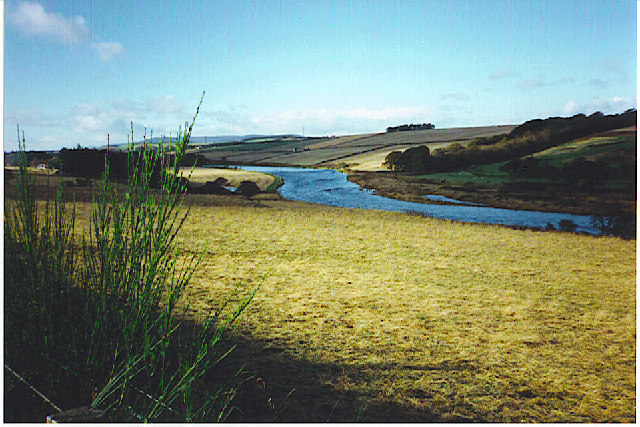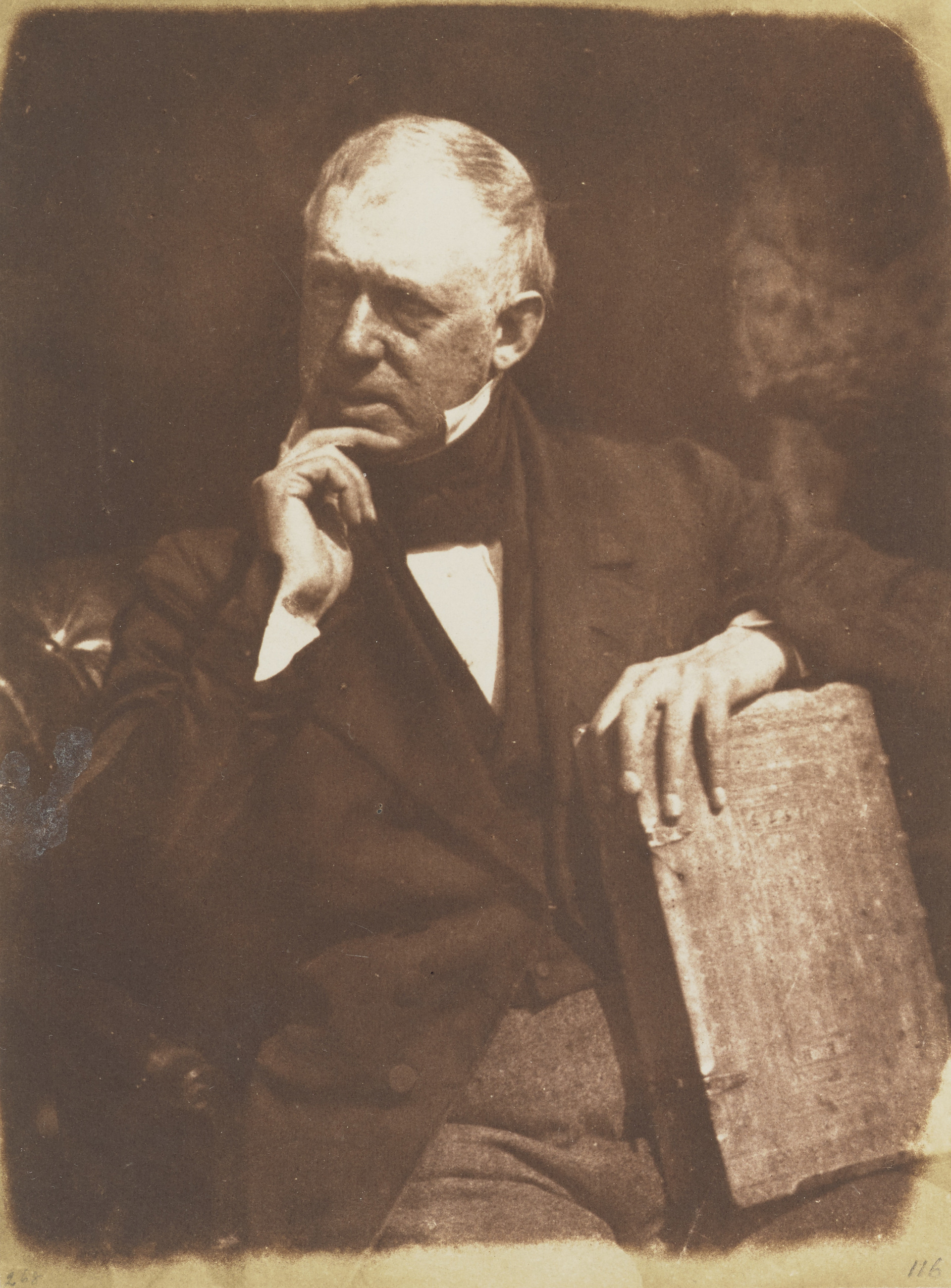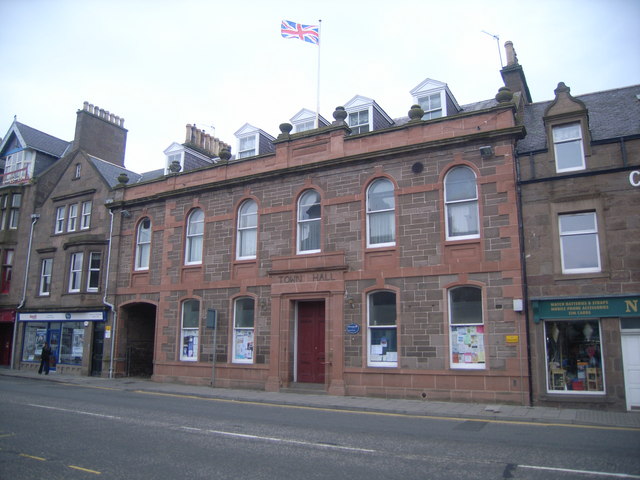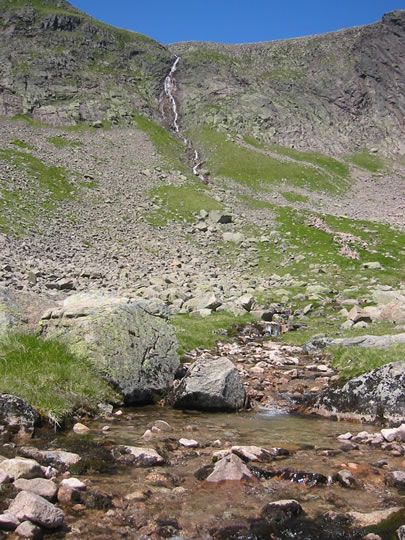|
Banchory-Devenick
Banchory-Devenick ( gd, Beannchar Dòmhnaig) is a village approximately two kilometres south of the city of Aberdeen, Scotland in the Lower Deeside area of Aberdeenshire. The village should not be confused with the historic civil parish of the same name which spanned the River Dee until 1891, its northern part lying in Aberdeenshire and its southern part in Kincardineshire. In that year the northern part became part of the neighbouring parish of Peterculter, the southern part (including the village) remaining as the parish of Banchory-Devenick. The village of Banchory-Devenick is on the B9077 road, and the ancient Causey Mounth passes directly through the village. An historic graveyard dating to 1157 AD is present at the village of Banchory-Devenick. Other historic features in the vicinity include Saint Ternan's Church, Muchalls Castle and the Lairhillock Inn. History Banchory-Devenick is located along the Causey Mounth trackway, which road was constructed on high ground to ... [...More Info...] [...Related Items...] OR: [Wikipedia] [Google] [Baidu] |
Alexander Thomson Of Banchory
Alexander Thomson of Banchory FRSE (1798–1868) was a 19th-century Scottish advocate, agriculturalist, antiquary, author, philanthropist and traveller. He owned an estate at Banchory-Devenick in Aberdeenshire. After qualifying as an advocate in Edinburgh he returned to the estate and did not pursue a career at the bar preferring to follow the life of a country gentleman. He travelled extensively in Europe, spending many years studying overseas. He settled crofters on his estate and planted many trees. His position in life allowed to give time to many interests including antiquarian studies, geology, biology and social reform. He attempted to unite Marischal and King's Colleges in Aberdeen University. At the Disruption of 1843, Dirsuption he sided with the Free Church of Scotland (1843–1900), Free Church and was a prominent leader in that cause. He died in 1868 and bequeathed a sizeable museum and collection of books to the church. He also gave a substantial amount of money ... [...More Info...] [...Related Items...] OR: [Wikipedia] [Google] [Baidu] |
Hare Moss
Hare Moss is a bog in Aberdeenshire, Scotland, in the vicinity of Banchory-Devenick.Watt, Archibald, ''Highways and Byways around Kincardineshire'', Stonehaven Heritage Society (1985) Hare Moss is a significant wetland ecosystem. History Hare Moss is situated along the ancient elevated Causey Mounth trackway, this road had to be constructed on high ground to make it the only passable medieval route from coastal points south of Stonehaven to Aberdeen. This ancient passage specifically connected the River Dee crossing (where the Bridge of Dee is situated) via Hare Moss, Muchalls Castle and Stonehaven to the south. The route was that taken by William Keith, 7th Earl Marischal and the Marquess of Montrose when they led a Covenanter army of 9000 men in the battle of the Civil War in 1639. See also *Old Bourtreebush *Portlethen Moss The Portlethen Moss is an acidic bog nature reserve located to the west of the town of Portlethen, Aberdeenshire in Scotland. Like other Bog, mosses, ... [...More Info...] [...Related Items...] OR: [Wikipedia] [Google] [Baidu] |
Lower Deeside
Lower Deeside is a region along the River Dee in Aberdeenshire and Aberdeen in Scotland. The boundaries of this area are subject to interpretation, since the usage has altered through historic times; however, the area is generally associated with the communities of Durris, Maryculter and Banchory-Devenick in the historic district of KincardineshireJ.A. Henderson, 1892 and the communities of Peterculter, Milltimber, Bieldside and Cults in Aberdeen. Ancient history Prehistoric habitation of the Lower Deeside is known through archaeological sites such as Balbridie. Roman legions marched from Raedykes to Normandykes, marching through what is now termed the Lower Deeside, as they sought higher ground evading the bogs of Red Moss and other low-lying mosses associated with the Burn of Muchalls. That march used the Elsick Mounth, one of the ancient trackways crossing the Grampian Mountains The Grampian Mountains (''Am Monadh'' in Gaelic) is one of the three major mountain rang ... [...More Info...] [...Related Items...] OR: [Wikipedia] [Google] [Baidu] |
Stonehaven
Stonehaven ( , ) is a town in Scotland. It lies on Scotland's northeast coast and had a population of 11,602 at the 2011 Census. After the demise of the town of Kincardine, which was gradually abandoned after the destruction of its royal castle in the Wars of Independence, the Scottish Parliament made Stonehaven the successor county town of Kincardineshire. It is currently administered as part of the unitary authority of Aberdeenshire. Stonehaven had grown around an Iron Age fishing village, now the "Auld Toon" ("old town"), and expanded inland from the seaside. As late as the 16th century, old maps indicate the town was called ''Stonehyve'', ''Stonehive'', Timothy Pont also adding the alternative ''Duniness''. It is known informally to locals as ''Stoney''. Pre-history and archaeology Stonehaven is the site of prehistoric events evidenced by finds at Fetteresso Castle and Neolithic pottery excavations from the Spurryhillock area. In 2004, archaeological work by CFA Archa ... [...More Info...] [...Related Items...] OR: [Wikipedia] [Google] [Baidu] |
Burn Of Elsick
The Burn of Elsick is a coastal stream in Aberdeenshire, Scotland that discharges to the North Sea. This watercourse drains primarily agricultural lands and enters the North Sea at Newtonhill. History The Burn of Elsick flows under the Causey Mounth, an ancient drovers road dating from circa 1100 AD, which track is extant as a hiking footpath. The Causey Mounth was built on high ground to make it passable and was the only available medieval route from coastal points south to Aberdeen. The route connected the crossing of the River Dee (where the present Bridge of Dee is located) via Portlethen Moss, Muchalls Castle and Stonehaven to the south. The route was that taken by William Keith, 7th Earl Marischal and the Marquess of Montrose when they led a Covenanter army of 9000 men in the first battle of the Civil War in 1639. Standing above the burn's course is an historic home, Elsick House, owned by the Duke of Fife. The historic Gillybrands coaching inn and present day farm i ... [...More Info...] [...Related Items...] OR: [Wikipedia] [Google] [Baidu] |
English Civil War
The English Civil War (1642–1651) was a series of civil wars and political machinations between Parliamentarians (" Roundheads") and Royalists led by Charles I ("Cavaliers"), mainly over the manner of England's governance and issues of religious freedom. It was part of the wider Wars of the Three Kingdoms. The first (1642–1646) and second (1648–1649) wars pitted the supporters of King Charles I against the supporters of the Long Parliament, while the third (1649–1651) saw fighting between supporters of King Charles II and supporters of the Rump Parliament. The wars also involved the Scottish Covenanters and Irish Confederates. The war ended with Parliamentarian victory at the Battle of Worcester on 3 September 1651. Unlike other civil wars in England, which were mainly fought over who should rule, these conflicts were also concerned with how the three Kingdoms of England, Scotland and Ireland should be governed. The outcome was threefold: the trial of and ... [...More Info...] [...Related Items...] OR: [Wikipedia] [Google] [Baidu] |
Covenanter
Covenanters ( gd, Cùmhnantaich) were members of a 17th-century Scottish religious and political movement, who supported a Presbyterian Church of Scotland, and the primacy of its leaders in religious affairs. The name is derived from ''Covenant'', a biblical term for a bond or agreement with God. The origins of the movement lay in disputes with James VI, and his son Charles I over church structure and doctrine. In 1638, thousands of Scots signed the National Covenant, pledging to resist changes imposed by Charles on the kirk; following victory in the 1639 and 1640 Bishops' Wars, the Covenanters took control of Scotland and the 1643 Solemn League and Covenant brought them into the First English Civil War on the side of Parliament. Following his defeat in May 1646 Charles I surrendered to the Scots Covenanters, rather than Parliament. By doing so, he hoped to exploit divisions between Presbyterians, and English Independents. As a result, the Scots supported Charles in the 16 ... [...More Info...] [...Related Items...] OR: [Wikipedia] [Google] [Baidu] |
Duke Of Montrose
Duke of Montrose (named for Montrose, Angus) is a title that has been created twice in the Peerage of Scotland. The title was created anew in 1707, for James Graham, 4th Marquess of Montrose, great-grandson of famed James Graham, 1st Marquess of Montrose. Montrose was elevated as a reward for his important support of the Act of Union. It has remained since then in the Graham family, tied to the chieftainship of Clan Graham. The Duke's subsidiary titles are: Marquess of Montrose (created 1644), Marquess of Graham and Buchanan (1707), Earl of Montrose (1503), Earl of Kincardine (1644), Earl Graham (1722), Viscount Dundaff (1707), Lord Graham (1445), Lord Graham and Mugdock (1644), Lord Aberruthven, Mugdock and Fintrie (1707) and Baron Graham, of Belford (1722). The titles of Earl Graham and Baron Graham are in the Peerage of Great Britain; the rest are in the Peerage of Scotland. The eldest son of the Duke uses the courtesy title of Marquess of Graham and Buchanan. The family ... [...More Info...] [...Related Items...] OR: [Wikipedia] [Google] [Baidu] |
William Keith, 7th Earl Marischal
William Keith, 7th Earl Marischal (16101670 or 1671) was a Scottish nobleman and Covenanter. He was the eldest son of William Keith, 6th Earl Marischal. Life During the English Civil War, the 7th Earl Marischal joined James Graham, 1st Marquess of Montrose against the Gordons and twice seized Aberdeen in 1639, including a march with Montrose and 9,000 men along the Causey Mounth past Muchalls Castle and through the Portlethen Moss to attack via the Bridge of Dee. He was appointed a Lord of the Articles after the pacification of Berwick-upon-Tweed, and again seized Aberdeen and enforced signatures of the covenant in 1640. In 1641, he was appointed a Privy Councillor. He attended covenanting committees in the north but remained inactive in 1643–44. He subsequently refused to give up fugitives to Montrose, and was besieged at Dunnottar Castle in 1645. He took no active steps against the popular party until he joined Hamilton's expedition into England in 1648, escaping from the ... [...More Info...] [...Related Items...] OR: [Wikipedia] [Google] [Baidu] |
Portlethen Moss
The Portlethen Moss is an acidic bog nature reserve located to the west of the town of Portlethen, Aberdeenshire in Scotland. Like other Bog, mosses, this wetland area supports a variety of plant and animal species, even though it has been subject to certain development and agricultural degradation pressures. For example, the Great Crested Newt was found here prior to the expansion of the town of Portlethen. Many acid loving vegetative species occur in Portlethen Moss, and the habitat is monitored by the Scottish Wildlife Trust. Portlethen Moss is the location of considerable prehistoric, Middle Ages and seventeenth century history, largely due to a ridge near the bog which was the route of early travellers. By at least the Middle Ages this trackway was more formally constructed with raised stonework and called the Causey Mounth. Without this drovers' road, travel through the Portlethen Moss and several nearby bogs would have been impossible between Aberdeen and coastal points to ... [...More Info...] [...Related Items...] OR: [Wikipedia] [Google] [Baidu] |
Bridge Of Dee
The Bridge of Dee or Brig o Dee ( gd, Drochaid Dhè) is a road bridge over the River Dee in Aberdeen, Scotland. The term is also used for the surrounding area of the city. Dating from 1527,Richards, J.M., ''The National Trust Book of Bridges'', Jonathan Cape, 1984, the bridge crosses at what was once the City of Aberdeen's southern boundary. The Bridge of Dee is approximately 32 feet (10 m) above typical water height and consists of seven nearly semicircular ribbed arches, built using granite and Elgin sandstone. Today the bridge carries the main A92 road into Aberdeen from the south. It was designated a Category A listed structure in 1967, and was also listed as a Scheduled monument until being de-scheduled on 16 February 2009. George Gordon, 6th Earl of Huntly with his Catholic supporters rebelled against James VI of Scotland and confronted the King at the Brig of Dee on 17 April 1589. There was no battle and Huntly surrendered a few day later. The bridge was the site o ... [...More Info...] [...Related Items...] OR: [Wikipedia] [Google] [Baidu] |
River Dee, Aberdeenshire
The River Dee ( gd, Uisge Dhè) is a river in Aberdeenshire, Scotland. It rises in the Cairngorms and flows through southern Aberdeenshire to reach the North Sea at Aberdeen. The area it passes through is known as Deeside, or Royal Deeside in the region between Braemar and Banchory because Queen Victoria came for a visit there in 1848 and greatly enjoyed herself. She and her husband, Prince Albert, built Balmoral Castle there which replaced an older castle. Deeside is a popular area for tourists, due to the combination of scenic beauty and historic and royal associations. It is part of the Cairngorms National Park, and the Deeside and Lochnagar National Scenic Area. The Dee is popular with anglers and is one of the most famous salmon fishing rivers in the world. The New Statistical Account of Scotland attributed the name Dee as having been used as early as the second century AD in the work of the Alexandrian geographer Claudius Ptolemy, as ''Δηοῦα'' (=Deva), meaning ... [...More Info...] [...Related Items...] OR: [Wikipedia] [Google] [Baidu] |






